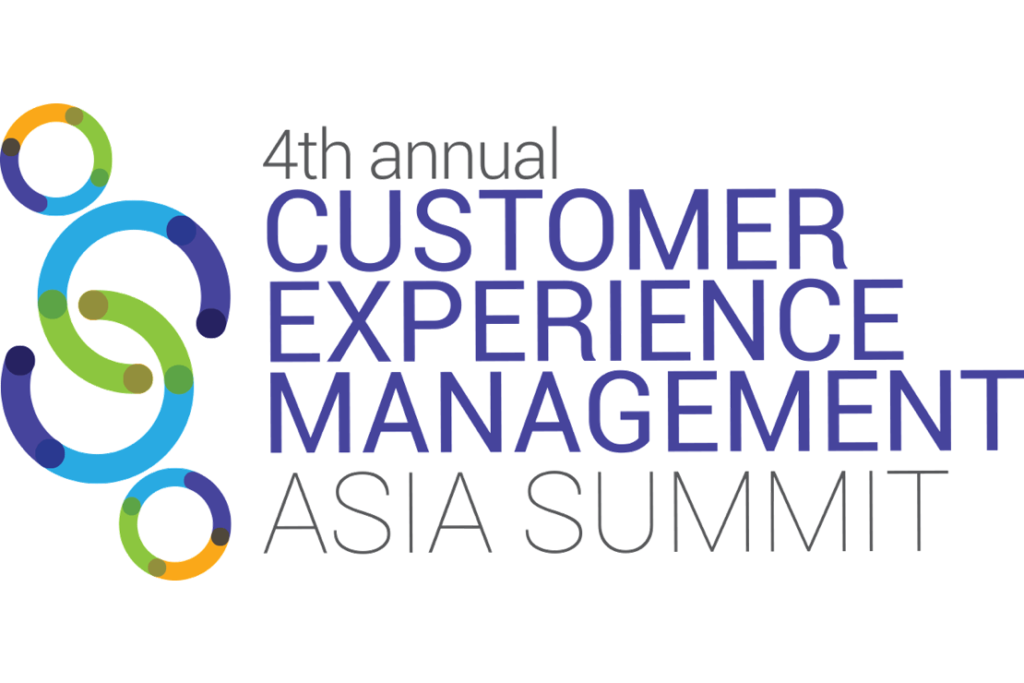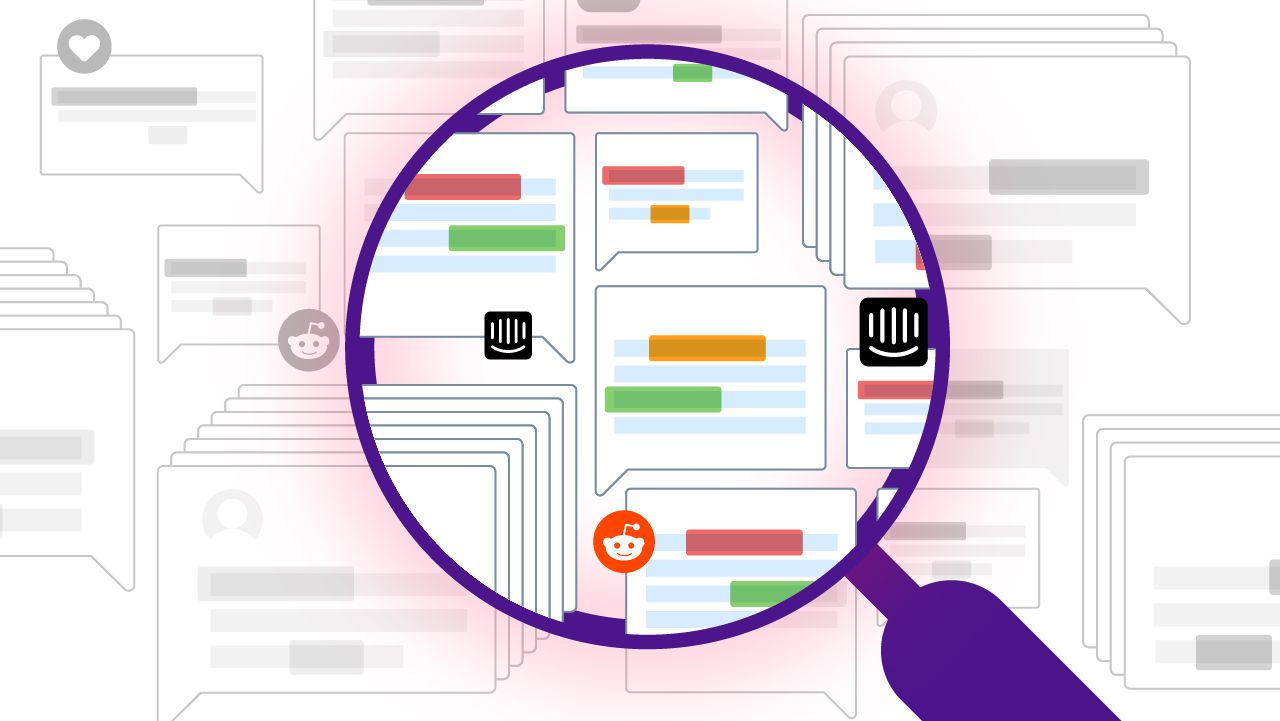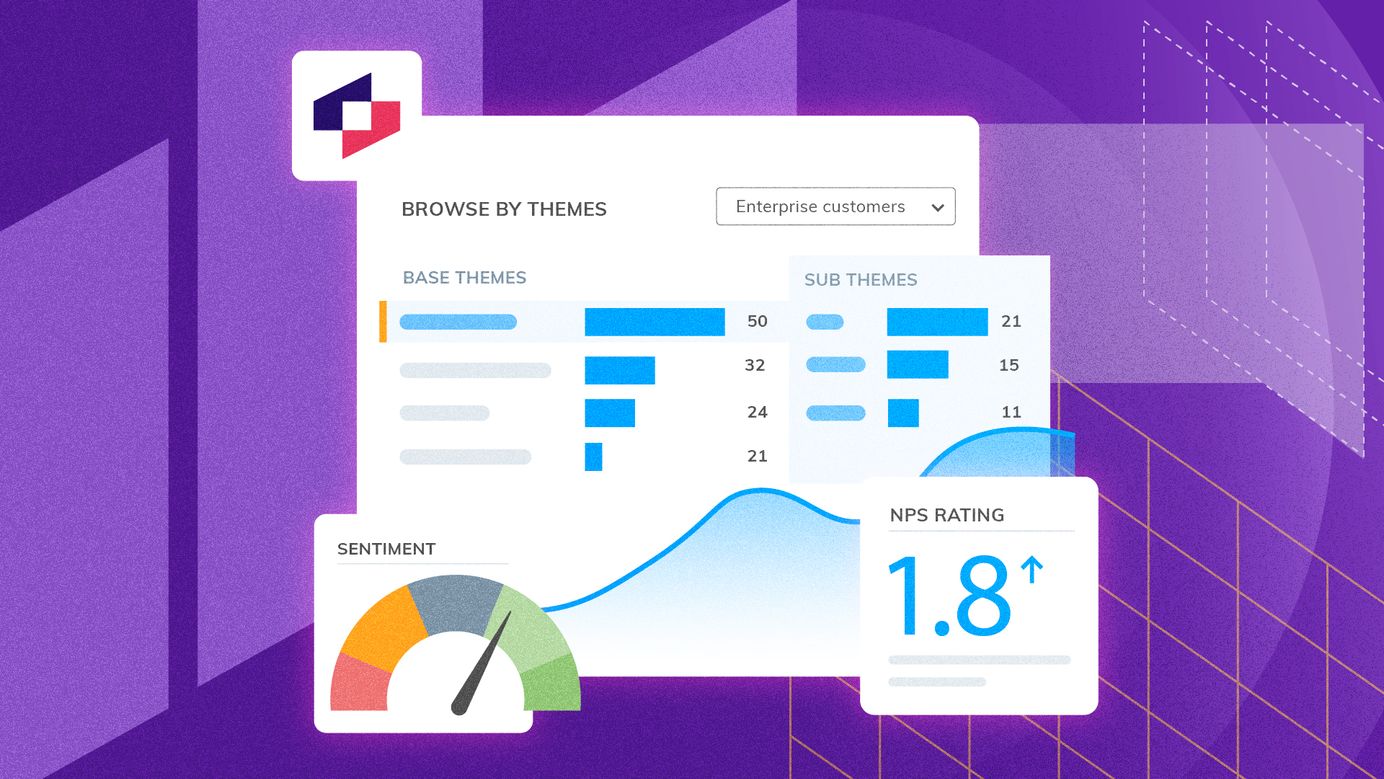
5 lessons from the Customer Experience Asia Summit
There were many reasons why I was looking forward to the Customer Experience Asia Summit in Singapore. And I won’t lie, one of them was the fact that it took place at the famous Marina Bay Sands!
But apart from a spectacular view of the city while swimming in the rooftop infinity pool, I also got an excellent overview of the latest Customer Experience (CX) practices.
Here is what I learned:
Lesson 1: CX is the new marketing department
First of all, what is CX? A few definitions were suggested by the speakers, for example:
CX is the sum of all engagements a customer had with a business
Companies now have a new goal: excel at CX they provide to their customers. Why? Because today products and services became commodities, companies must compete instead on customer experience. Consequently, CX is becoming the new marketing department. And, according to the Customer Experience Asia Summit, the mantra of this marketing is “Do likeable things and customers will like you”.
Lesson 2: Technology is an integral part of CX
So, where does technology come in? Since I work in tech, this part was most interesting to me, and of course, I’m biased. But here is what I observed: The whole premise of CX is to put the customer at the heart of every action, encouraging each employee, from delivery boy to CEO to think of the customer first. Technology is not the focus (it rarely is!), but:
a) Technology frees up valuable resources so that employees can concentrate on those areas of business that improve CX through a human touch.
In my work, I’ve helped many companies to automate tedious tasks traditionally performed by people, and I love the idea of ‘repurposing headcounts’ that results from the smart use of tech.
b) Technology provides the tools necessary for CX
-
- email software is used to collect customer feedback,
- text analytics helps figure out what customers want,
- dashboards and reports are used to spread this knowledge to everybody in the company,
- contact centre and CRMs allow employees to take action faster.
The more technical sessions were full, as was the trade show. Most vendors at the summit combined three or four of these elements in one solution, and attendees were keen to get their head around what exactly they need and who would be the best provider.
Lesson 3: Companies are still looking for the perfect way to measure CX success
Speakers at the Customer Experience Asia Summit talked in lengths about how they measure CX. There was also a poll of all attendees asking which metrics they use. In metrics, NPS is leading the way: the majority of companies in APAC use this metric. NPS is followed by the traditional customer satisfaction metric CSAT and by Customer Effort Score CES, a more recent metric but around 10% of attendees already adopted it. Most companies use several metrics and send out surveys several times a year, as well as after specific interactions.
Lesson 4: Want to improve CX? Consistently over-deliver
Customers have certain expectations for each point of interaction with the company called touchpoints. For example, if they complain on Twitter about the service they receive, they expect to be heard. If the company doesn’t just respond but also does something unexpected, good CX happens. But how does one prioritise where to overdeliver? The answer lies in focusing on the key touchpoints. A set of touchpoints also called the customer’s journey, differ for each customer.
So, to improve CX, companies need to:
- Identify key touchpoints
- Determine customer’s expectations for those touchpoints
- Cover-deliver
Consistency in over-delivering is also important. If a company provides excellent marketing material to educate the customer during their research, but the product is less than what customers expect, it’s not a good CX. Read our blog post 10 insider customer experience tips, according to Shep Hyken to learn more tips for improving customer experience.
Lesson 5: Want to find out what customers expect? Collect more feedback using the EAST approach
Customers like to provide opinions but they don’t like to waste time responding to boring surveys. So how can one gather more useful customer feedback? In his talk at the summit, Chris Brown from Confirmit recommended using Nudge theory. This theory is about using gentle methods to guide people to desired behaviour, like the tiny fly in Dutch urinals (cool story!). Remember the underlying principle using the acronym EAST:
- Easy – Make it easy to access and answer a survey, make it short;
- Attractive – Attract the customer’s attention by showing a picture of the product or service they received;
- Social – Show that others are providing feedback, list how many other people have responded already;
- Timely – Ask at the right time, for example, a couple of days after resolving the support ticket.
By knowing what customers want and over-delivering on their expectations, companies will reduce their cost of sales, because customers will become their advocates. And wouldn’t any business owner like that?
I loved seeing how customer-centric Singapore is as a city. People can provide feedback everywhere, from security checks at Changi airport to subway walkways of the MTR. Not surprisingly, it has been a breeze being a visitor here.
When it comes to great CX, Singapore over-delivers, and Customer Experience Asia Summit was an excellent example of that.
Stay up to date with the latest
Join the newsletter to receive the latest updates in your inbox.




